For avid gardeners, a strong weed barrier is an essential asset to maintain the desired blooms and foliage in their garden. Numerous materials can be implemented to discourage the implantation of unwanted plants and guarantee that the chosen flora thrives in its intended position. In this way, the gardener can make sure that not a single unwelcome weed squats among their carefully cultivated botanics.
Offered in polypropylene or polyester, synthetic fabrics are frequently relied on as an efficient weed barrier. Capable of redirecting any pesky weeds from the soil, the installation of these fabrics is hassle-free and customizable for beds and plants. Manyfabrics are strengthened with UV stabilization so they don’t fade beneath the force of the sun, while others provide a permeable membrane betweenthe soil and weeds – thereby permitting water to travel beyond the barriers.
Gardeners looking to add an aesthetically pleasing touch to their outdoor living space could find the perfect solution in mulch. With a wide range of colors and textures available, it is simple to create a neat and uniform look among the plants. Not only can you benefit from its stylish appeal, but mulch also protects the property in several ways. It retains soil moisture more effectively and moderates extreme temperatures while serving as a powerful barrier against weed growth.
Cardboard provides a great solution for blocking out weeds. It’s a no-fuss, affordable choice when constructing a protective layer between the soil and your flourishing flowers. Not only that, but its biodegradable quality means it can enrich the soil once it decomposes by adding organic matter. Additionally, this material is adaptable enough to create raised beds or ornate pathways.
For gardeners who value the aesthetic, landscape fabric provides a practical solution to weed control. Woven from special fabric, this specialized material blocks out light and keeps weeds from germinating. At the same time, it also allows for water and nutrients to be naturally absorbed by plants, fostering a well-tended look. In sum, landscape fabric offers a tidy way to keep the garden looking neat.
Plastic sheeting is a cost-efficient and uncomplicated approach for blocking out the light that weeds need to emerge. While it is capable of staving off germination, its detachment can be a nuisance. Moreover, careless discarding of this material can damage the environment.
Organic materials, like straw, can be utilized to form a naturalistic weed-resistant layer. Not only is it an affordable and accessible route to block out light and stifle weed germination, but it can also easily be installed. The downside to such a method is that it has a tendency to disintegrate rapidly and may even invite unwanted pests.
With any weed control layer you use, it is critical to ensure its effectual application. Be sure that all entrances are properly sealed to discourage any budding weeds from squeezing in. Additionally, on an ongoing basis, verify that the barrier is still in working order.
To keep out unwanted weeds, gardeners often employ a weed barrier. But, with so many different materials available – from synthetic fabrics to mulch to cardboard to landscape fabric to plastic sheeting to organic materials – it can be tricky to choose the most suitable option. Ensure your pick is installed correctly and vigilantly check for signs of wear and tear. That way, you can be sure your weed barrier is doing its job.
Weeds are a bane for gardeners, with some such plants having the power to take over entire gardens. To best stave off this kind of weed-originated woe, it is wise to employ the use of weed barriers. These are materials that act as a shield to block out light from reaching the soil, inhibiting weed growth. There exists a plethora of variations on the weed barrier market, with each one presenting its own unique benefits and drawbacks. This article will delve into several of these options, providing a guide to what to consider when selecting the most appropriate barrier for your garden.
Landscape fabric, usually composed of artfully-woven polypropylene or polyester, is a favored weed inhibitor for gardeners. It adds a permeable layer that generously allows hydration to pass through while effectively halting light and blocking out any potential weeds with its steadfast shield. Not only is landscape fabric lightweight and cost-effective, but installation is a breeze! Sadly, such an advantageous tool does not provide limitless protection though and requires replacing after some time has passed.
For those in search of a more lasting solution, plastic sheeting is the ideal selection for an effective weed barrier. Setting it up takes little effort – simply lay it over the area and use staples or U-pins to secure it into place. Furthermore, plastic sheeting boasts improved strength compared to landscape fabric, yet it cannot absorb water so is not suitable for high-precipitation fields.
If you’re looking for a cost-effective solution to shielding your garden from pesky weeds, mulch is certainly an option. Organic materials like wood chips, bark, or straw can be spread over the soil to create a barrier that stops weed seeds from taking root. While easier and cheaper to install, bear in mind that some light still penetrates, making it less fool-proof than other solutions.
Specifically, geotextiles offer a distinct advantage over other materials. Crafted from resources like polypropylene or polyester, the geotextiles are laid over the soil and coated with herbicides to fend off weeds. Unlike their landscape fabric or plastic counterparts, geotextiles are the sturdier choice; they can endure throughout the years. Unfortunately, these products come with a hefty price tag and installation can be particularly daunting.
The climate, soil, and rain volume of your locale must be taken into account before deciding on a weed barrier for your garden. Being aware of what type of environment you are in aids choosing the most practical weed eliminating option. Additionally, assessing both the budget and the time and exertion needed for installation and upkeep is also critical before settling on a weed barrier.
Even with the use of a weed barrier, it is inevitable that weeds will find a path of least resistance and appear in your garden from time to time. To protect the health and beauty of your precious garden, be sure to keep an eye out for any weed intruders and tend to them promptly. With prompt removal of weeds and the appropriate choice of weed barrier, you can have an immaculate garden that remains free of weeds for many years.
Related Product
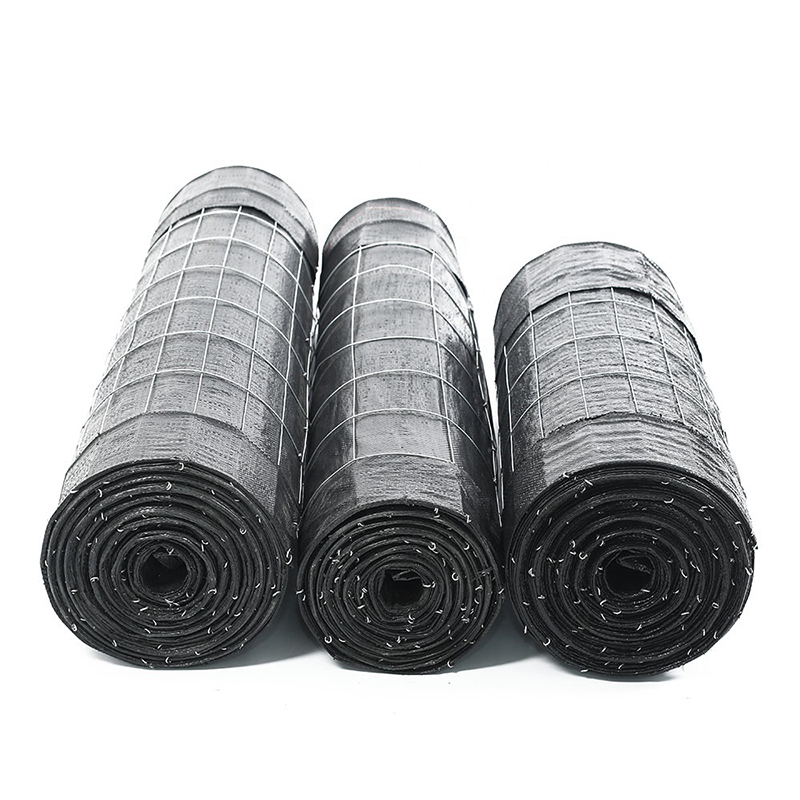
Wire Backed Silt Fence
The Wire Back Silt Fence is a strong erosion control fence designed for areas with demanding silt and erosion control requirements. Offering more strength and stability than a stan […]
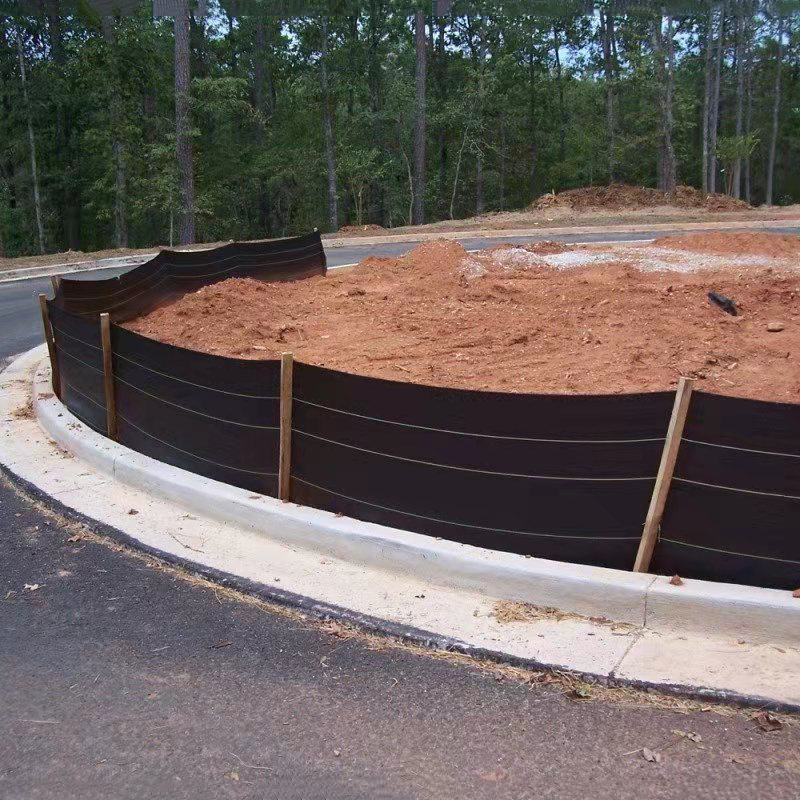
Silt Fence
Product Weed Mat / Ground cover/Slit fence Weight 70g/m2-300g/m2 Width 0.4m-6m. Lengths 50m,100m,200m or as your request. Color Black,Green,White ,Yellow or As your request […]
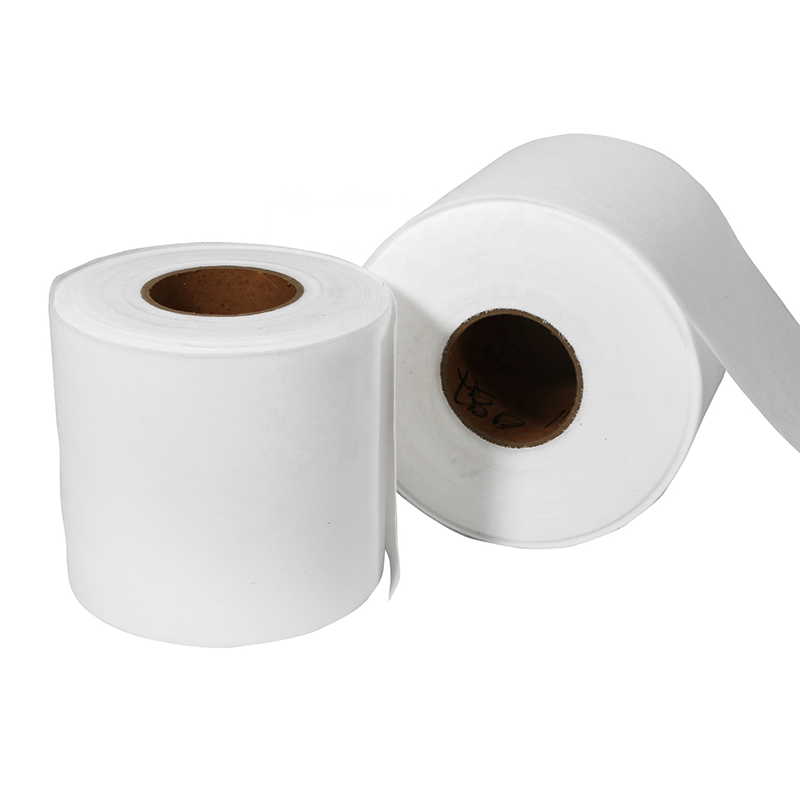
Non-Woven Geotextile
Geotextiles are permeable geosynthetic materials made by needling or weaving synthetic fibers. Geotextile is one of the new geosynthetic materials, and the finished product is clot […]
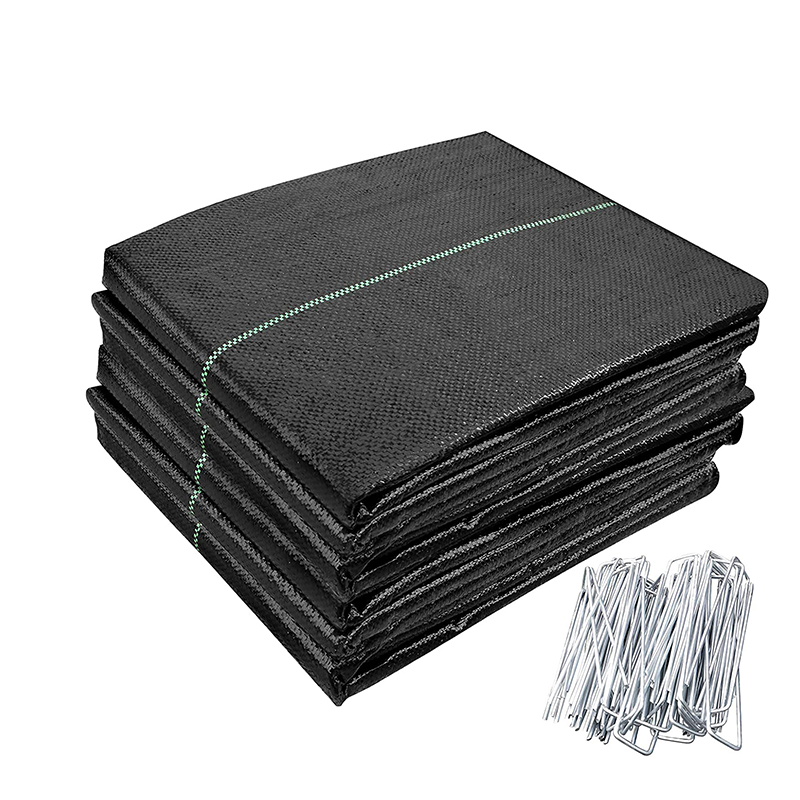
Woven Geotextile/Weed Mat
PP Woven Geotextiles are a series geotextiles made of high-performance polypropylene woven geotextile fabrics combining strength, durability and robust design. All these PP woven g […]
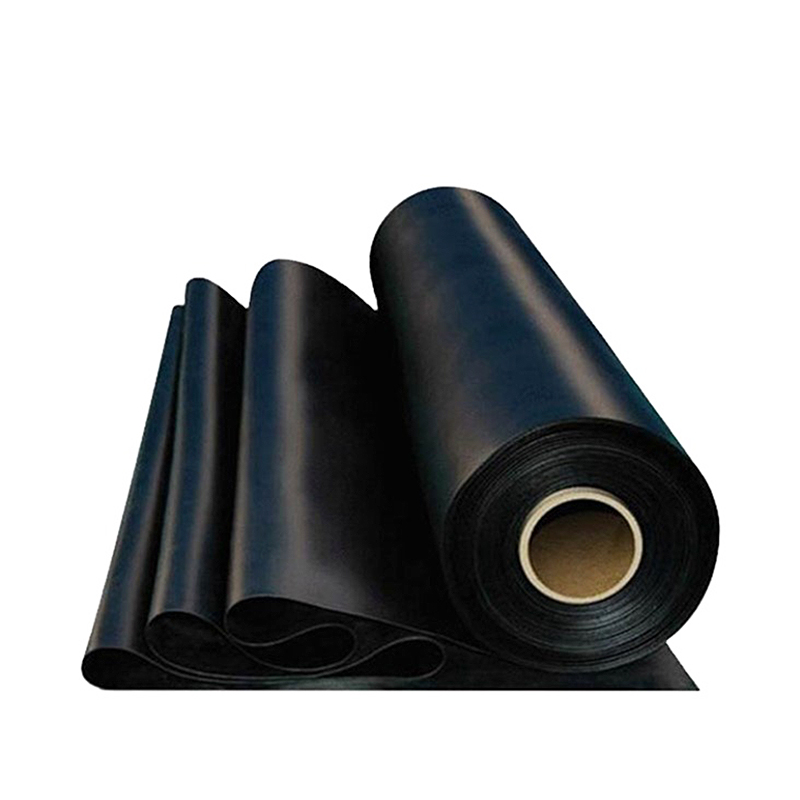
Hdpe Geomembrane
Product Features: They have strong ability for waterproof,anti seepage and isolation, aging resistance, good welding performance, convenient construction, root resistance and other […]
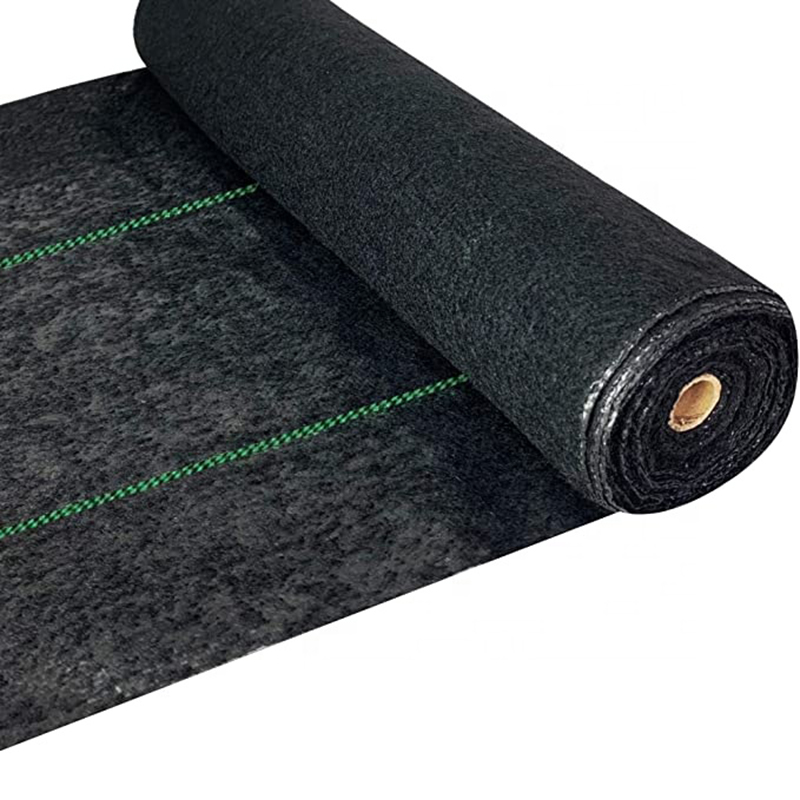
Heavy Duty Landscape Fabric
High Strength &Durability: 5.8oz heavy duty landscape weed barrier fabric, made of tightly woven polypropylene fabric needle which punched with UV-stabilized. 98.7% opaque to l […]
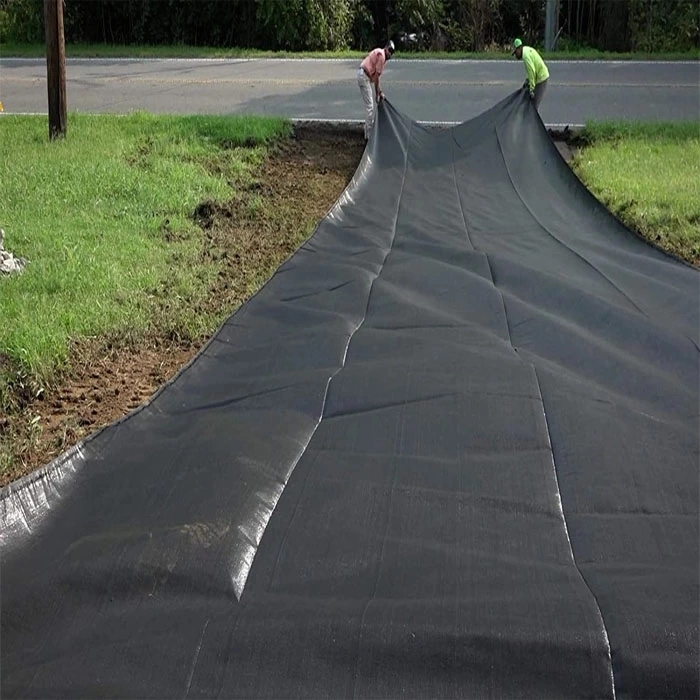
Bluekin Weedmat: Your Secret Weapon for a Low-Maintenance and Beautiful Garden
Are you tired of spending countless hours weeding and maintaining your garden? Look no further than Bluekin Weedmat, the ultimate solution for a low-maintenance and beautiful garde […]
Post time: 2023-07-14
